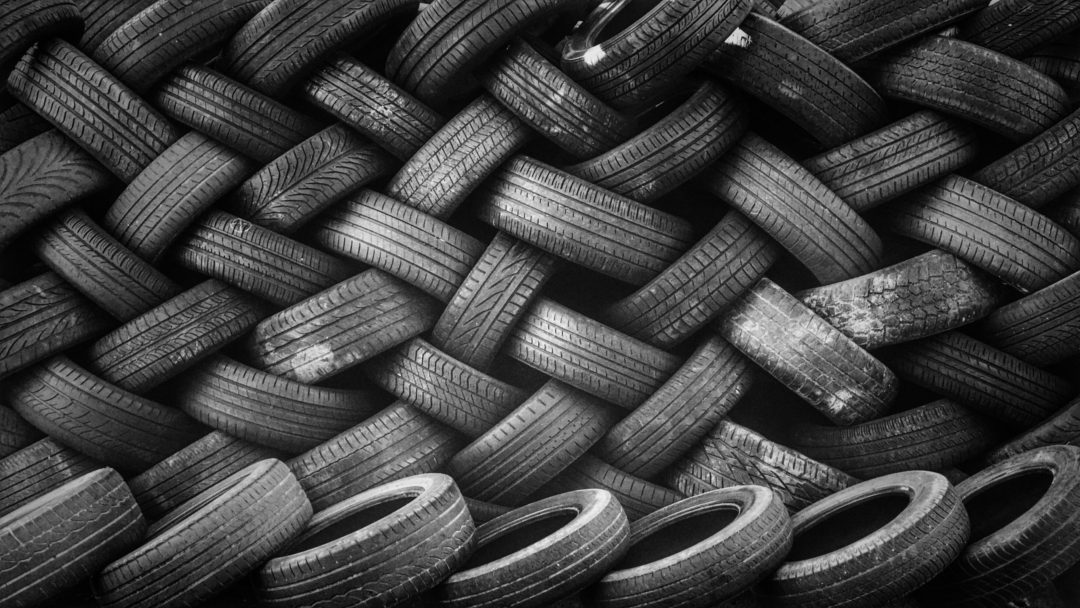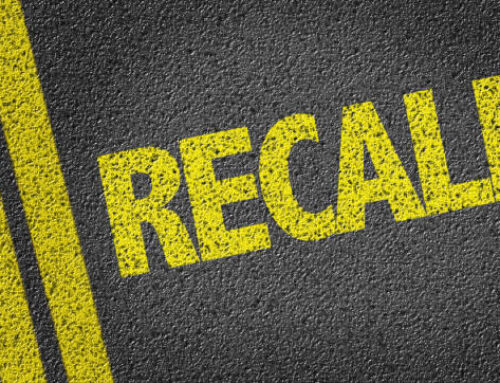The condition of a vehicle’s tires can make or break your next ride. According to the NHTSA, a total of 738 people died in tire-related car crashes is 2017 alone. It is essential to regularly check the air pressure, wear and tear, and tread depth of your tires, among other things, to ensure that they are performing properly. It is especially important to check these things before a long journey.
Keep an Eye Out for…
- Over-inflation can be spotted when the middle section of the tire is touching the road significantly more than the rest. This will cause more wear in the center. In order to check your tire pressure, remove the valve cap and place a gauge over it, without letting any air escape.
- Underinflation does precisely the opposite and will cause the edges to become extremely worn. If you are driving at a consistent speed and feel your car pulling to one side, this may be another sign that you need to put more air in one of your tires. Properly inflating your tires can also save you about eleven cents per gallon on gas. Why pass that up?
- If there is tread wear on only one side of the tire, then it is likely that your alignment is off.
- If you experience any vibrating or thumping sounds while on the road, this may signify that one of your tires is out of balance, or possibly that a tire has separated from the belt.
Maintenance
- Generally, you should have your tires rotated every 5,000-7,000 miles. Front and rear tires undergo unequal rates of deterioration, so rotating them can keep them functional for a longer period of time.
- About once a month, it’s a good idea to check your tires’ tread depth. You can check the amount of erosion with a basic tread depth gauge that you can find at virtually any auto parts store.
- Balancing your tires can also help improve the longevity of your tires. If you notice any odd vibration while driving, or if your wheels are new, then it is definitely time to get them balanced.
- Every car has certain alignment settings, depending upon the measurement of the tires’ positions compared to the stipulations that the vehicle manufacturer suggests. If there are any difficulties steering, or if you’ve recently gotten new tires, then your car may be due for an alignment.
Should I Replace My Tires?
- Some manufacturers advise that tires between six and ten years old should be replaced, even if they have minimal wear and tear.
- You can find out the age of your tires by looking at the sidewall for your Tire Identification Number (TIN)
- When your tread depth reaches 2/32” of an inch, it’s time to replace your tires.
As a responsible driver, it is necessary to check your tires for these common problems at least once a month and enact proper tire maintenance. It doesn’t take all that long and is worth taking the extra time to avoid any possible accidents in the future.







